Regulation: Scotland to Allow Non-Medics to Practise Aesthetics
Scotland has just published its response to its consultation on aesthetics regulation. The key headline many have waited to hear about, is that non-medics will be allowed to practise aesthetics. However, supervision and certain restrictions will be mandatory.
The news, published to the Scottish Government’s website on 25th June 2025, summarises feedback to its May 2025 consultation ‘and wider engagement, with revised proposals for regulation of non-surgical cosmetic procedures and an explanation of legislative next steps’.
Here we explore the highlights from these proposals for aesthetics regulation for Scotland.
This is breaking news, so this article will be updated with the latest information and responses to the proposals as it becomes available.

Consultation feedback that informed these proposals
The Scottish Government’s public consultation responses, used to inform the latest regulatory proposals, were summarised in this update.
The report notes ‘broad support for the principle that some procedures can be safely undertaken in a licensed setting, and a majority agreed with the Scottish Government’s proposals for which procedures should be in this group.’
It also advises there is further ‘broad support for the principle that some procedures can only be safely undertaken by an appropriate healthcare professional and the majority agreed with the Scottish Government’s proposals for which procedures should be in this group.’
‘Less support, and less agreement’ amongst stakeholders was reported in relation to which aesthetic procedures should be restricted to Healthcare Improvement Scotland (HIS) regulated premises, but still be undertaken by an aesthetic practitioner who is not a healthcare professional. HIS is equivalent to England’s Care Quality Commission (CQC).
Professional backgrounds influenced regulatory desires
Respondents’ backgrounds tended to correlate to their views, for example, healthcare professionals supported aesthetic treatments being restricted to medical professionals. Although the majority of people who provided feedback to the consultation did not provide this information.
The background information states that those ‘who work in the currently unregulated, non-clinical part of the sector are more likely to believe that such procedures should continue to be undertaken without a clinical context (but still accept the value of a licensing scheme). The procedures under contention include some of the most commonly available and undertaken ones, including injections of dermal fillers and Botox®.’
Whilst all groups highlighted the importance of safety, the report acknowledges that there were varying views on ‘approaches to risk, and different understandings of how risk can best be mitigated’. Again, these tended to tally with the professional background of the person providing feedback.
Non-healthcare professionals worried about ‘unfair’ penalisation
It’s noted that some individuals ‘highlighted the belief that the Scottish Government’s proposals would impose restrictions beyond those that were necessary to support public safety and also raised the impact of what they perceived as unduly onerous restrictions on businesses.’
Proposal responses cited concerns regarding the ‘impact that these regulations might have on employment and small business was raised. Many respondents, correspondents and participants in engagement events set out that they thought the proposals (which would increase regulation) might result in potential job losses, financial strain, and broader economic impact.
‘The view was expressed that this would be felt by non-healthcare professional practitioners, and that these proposals were unfair, particularly towards experienced non-healthcare professionals who are currently operating safely and ethically. Some respondents thought that these regulations would ‘level the playing field’, given the additional regulation that practising healthcare practitioners in this sector already face.’
A comparatively small number of concerns were raised, regarding the NHS potentially losing healthcare professionals to the aesthetic medicine sector.
The aspect of potentially restricting existing aesthetic practitioners’ ability to offer certain treatments is a valid commercial concern. However, this needs to be balanced with the pressing need for ensuring patient safety and standards of care are upheld to the fullest.
Non-medics allowed to practice aesthetics
Taking all this into consideration, the Scottish Government has proposed that non-medics will be able to practise aesthetic medicine. This includes cosmetic injectables, such as filler and botox treatments. However, there will be certain requirements in place.
Here’s the rundown:
- Non-medics will be allowed to act as aesthetic practitioners in Scotland if they:
- Meet the, as yet to be determined, standards for aesthetics training
- Are properly insured and licensed
- Work in approved premises
- Comply with all health and safety and hygiene standards.
- They will be able to offer Group 1 and Group 2 treatments
- Supervision by an appropriate prescribing healthcare professional will be required for treatments involving prescription only medication, such as botox or hyluronidase.
Aesthetic treatments grouped into risk-based categories
As per the Scottish Government’s initial proposals, made in December 2024, these remain unchanged. Three categories, separated by level of risk and level of invasiveness, will be implemented. These are as follows…
Group 1 treatments:
These treatments should be ‘carried out in a licensed premises by a licensed practitioner but may also be carried out in a clinic or other setting regulated by Healthcare Improvement Scotland (HIS).’
What are Group 1 treatments?
Group 1 aesthetic treatments are considered to be those which ‘meet a basic definition of a non-surgical cosmetic procedure (a procedure that pierces or penetrates the skin in some way, for cosmetic or wider lifestyle reasons). Also in this group are treatments that don’t meet the inclusion criteria for Groups 2 or 3.
Group 1 treatments include:
- Microneedling to a depth of 1.5mm
- Laser and Light Treatments including: laser hair and tattoo removal; laser treatments for acne scaring, sun damage and treatment of skin lesions, (but only non-ablative treatments); photorejuvenation
- Fruit peel or glycolic acid chemical peels reaching the viable epidermis or outer layer of skin
- Radiofrequency treatments
- High frequency ultrasound for non-intimate use
- Cryolipolysis
- Electrocautery, also known as advanced electrolysis
- Cryotherapy.
It’s proposed that IPL and LED therapies will be defined as ‘licensable activities’ in relation to a scheme set up under the Civic Government (Scotland) Act 1982.
Group 2 treatments
These treatments will be ‘restricted to a clinic or other setting regulated by HIS, under the supervision of, or by, a healthcare professional.’
This supervisor should be a doctor, dentist, registered prescribing nurse, or a registered prescribing pharmacist.
Group 2 aesthetic treatments are those which will be ‘restricted to a HIS or clinical setting, but which may be undertaken by either a healthcare professional or a non-healthcare professional practitioner… All non-surgical cosmetic procedures where substances are injected into or under the skin meet these criteria’
They are defined as non surgical cosmetic treatments where ‘the initial decision to proceed requires the input of a healthcare professional, including, but not only, where a prescription is required.’ Or, where the ‘risk of a complication that requires a prescription or the support of a healthcare professional to manage is sufficiently high, and there is no safe alternative management.’
Sharing that it was believed to be ‘proper handling of prescription only medicines’ and an ‘appropriate mitigation of the risks of medicine use, the Scottish Government says the following, of its decision to allow non-medics to offer these treatments, under supervision.
‘...the safe application of injectable substances, whether or not they are listed as prescription only medicines, requires specific pharmacological and/or anatomical knowledge, which will be part of the professional expertise of specific healthcare professionals.
‘This does not ignore the expertise of non-healthcare practitioners, or the ability of such practitioners to train in the safe delivery of the procedure itself but complements it in an important way to provide a safer environment for these procedures.’
What are Group 2 treatments?
These include:
- Neurotoxins such as botulinum toxin
- Any prescription only medicine, including hay fever injections
- Dermal fillers (as far as they are injected for the purpose of smoothing or providing limited increased volume e.g. to the face or neck, not where they are used for body augmentation or procedures on the genitals or anus)
- Vitamin solutions.
Group 3 treatments
These aesthetic treatments must ‘only be undertaken only by an appropriate healthcare professional.’ They are said to be the more high risk procedures which require medical knowledge.
What are Group 3 treatments?
These more invasive aesthetic treatments include:
- Phenol Peels
- Platelet Rich Plasma and Biotherapy
- Injection Microsclerotherapy
- Injection Lipolysis
- Dermal Micro coring
- Microneedling where the needles used penetrate the skin to a depth greater than 1.5mm
- Use of dermal fillers to reshape or augment any part of the body, including any procedure where over 2ml of injectable substance is used in one site at one time e.g. Brazilian butt lifts, liquid breast augmentation etc
- Ablative laser treatment
- Carboxytherapy
- Cellulite subcision
- Insertion of threads and cogs
- Any procedure listed in Group 1 or 2 where an anaesthetic is used
- Any introduction of substances (e.g. vitamin infusions) by IV
- Any procedure above, except hair removal, where the procedure is carried out on the genitals, anus or on an area around the genitals or anus.
Could this mean fillers are restricted to medics only?
Where this gets sticky is that Group 3 treatments include the reference to ‘Any procedure listed in Group 1 or 2 where an anaesthetic is used’.
As many dermal fillers include lidocaine within their formulation, or lidocaine is administered separately for patient comfort, does this then move dermal fillers into the Group 3, medics-only category?
We are looking into this and will update you in due course.
What is meant by ‘supervision’ of non-medic aesthetic practitioners?
We are well aware of the concerns of introducing ‘supervision’ for non-medic injectors, and what exactly this would involve. The Scottish Government noted requests for clarification in this respect.
It writes, “‘Supervision’ is the proposed approach to those procedures where it is important for a healthcare professional to be involved in a procedure, but not necessarily undertake it themselves.’
This report does not state any requirement for what campaigners have called for - ‘line of sight supervision’ where the supervising medic remains in the room throughout the treatment.
Instead, it says that the supervising professional must:
- Be satisfied that ‘the procedure is appropriate to the client, and that the practitioner who will undertake the procedure can safely undertake it, having regard to their training and qualifications, and any complexities specific to the individual receiving the procedure’
- Remain ‘on site’ during the treatment, to potentially support with any complications or prescriptions that may be required.
The proposals set out that the government expects supervising professionals to ‘exercise their professional judgement’.
It says they should be ‘working within the guidance and limits of their profession and training. Any professional undertaking this role would need to be suitably trained, qualified or experienced in the procedures being undertaken, in order that they can reasonably discharge the role. The Scottish Government proposes to work with professional regulators on this issue.’
The report concedes, ‘This clarification around the meaning of supervision may not address the concerns of those who believe the requirements of supervision are unduly onerous.’
You can read the full report and proposals in this regard on the Scottish Government’s website.
‘We need to act’
Jenni Minto, MSP Minister for Public Health and Women’s Health, was quoted in the government release.
She said, ‘I know that our consultation and the announced legislation is a source of anxiety for some parts of the non-surgical cosmetic procedures sector, and changes to the way the sector is regulated are bound to be of some concern, so I am setting out our intentions and why we are pursuing what is proposed...
‘We need to act in the interests of all those who seek to undergo these procedures and respond to the evidence we have seen that some people have had negative and life changing experiences. In doing so I intend to bring forward robust proposals that allow the industry to provide procedures as safely as possible. I am satisfied that we will achieve this, and I look forward to working with Parliament to put these proposals into legislation.
‘The Scottish Government will now act to bring forward regulations for non-surgical cosmetic procedures that are proportionate, robust, and future-proofed.’
Do these proposals for aesthetics regulation go far enough?
In summary, the Scottish Government has confirmed that non-medics will still be able to perform low-to-moderate-risk aesthetic treatments, but only within a regulated, supervised, and licensed framework.
The process is unfolding through three phases, and the key legislation is expected, as a first draft, by May 2026. These include mandating a minimum age of 18 years for patients, or 16 with parental consent.
The project's aims are to improve safety, aesthetics training, and patient redress, while preserving diversity and access in the sector. Do you think these proposals achieve this?
In England, we’re still waiting for the government to act on regulation and the introduction of an aesthetics licensing scheme for practitioners. We hope the responses to these Scottish announcements help to inform their behind-the-scenes planning, leading to robust, patient-centred legislation, soon.
Once concern aesthetics practitioners in England have expressed as a result of these new proposals for Scotland is the potential need for most clinics to be CQC registered. Given Scotland's requirements and CQC being the HIS equivalent, this has caused alarm.
Becoming CQC registered is a complex process which also has financial implications, and is something that clinicians are keen to hear news on. Whilst requisite CQC registration was outlined in initial proposals, how far this would extend - specifically, for which treatments - remains to be seen.
All information correct at time of publication
Download our full prospectus
Browse all our injectables, dermal fillers and cosmetic dermatology courses in one document
By submitting this form, you agree to receive marketing about our products, events, promotions and exclusive content. Consent is not a condition of purchase, and no purchase is necessary. Message frequency varies. View our Privacy Policy and Terms & Conditions
Attend our FREE open evening
If you're not sure which course is right for you, let us help
Join us online or in-person at our free open evening to learn more
Our Partners



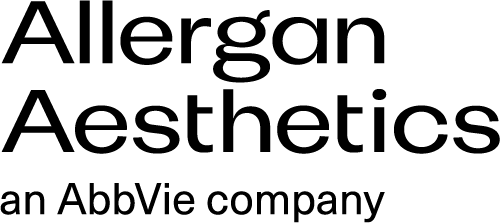
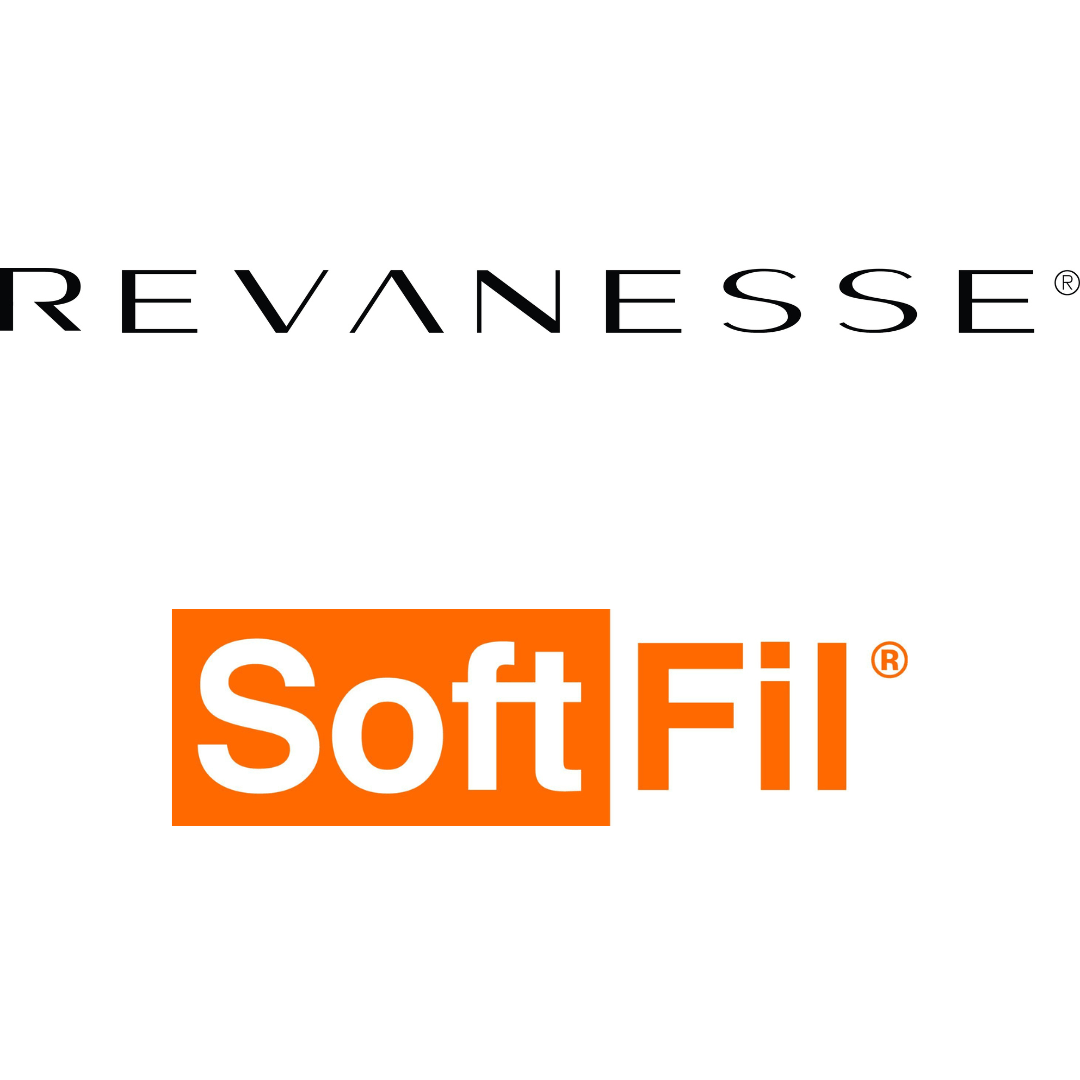

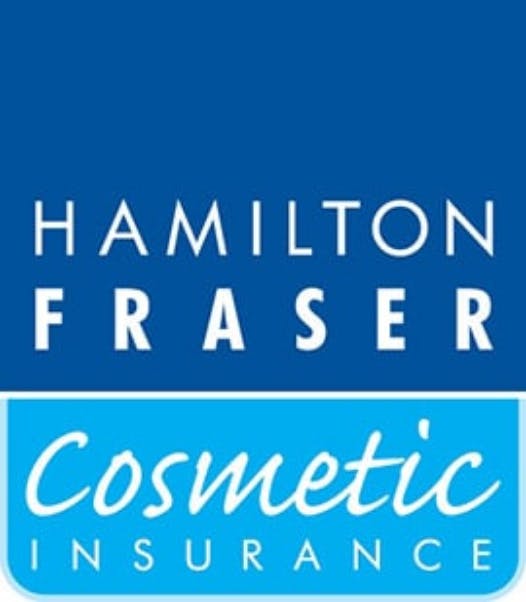
STAY INFORMED
Sign up to receive industry news, careers advice, special offers and information on Harley Academy courses and services


